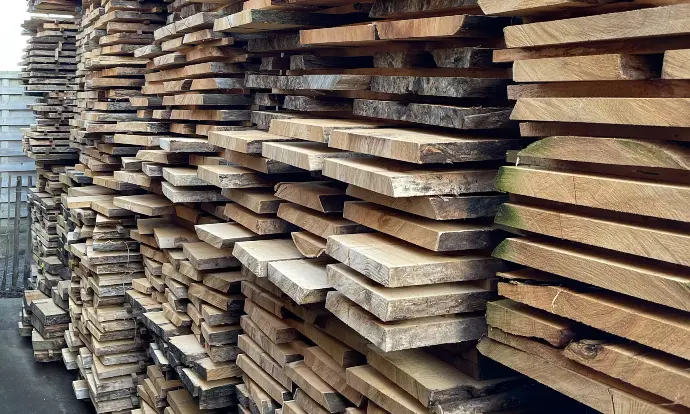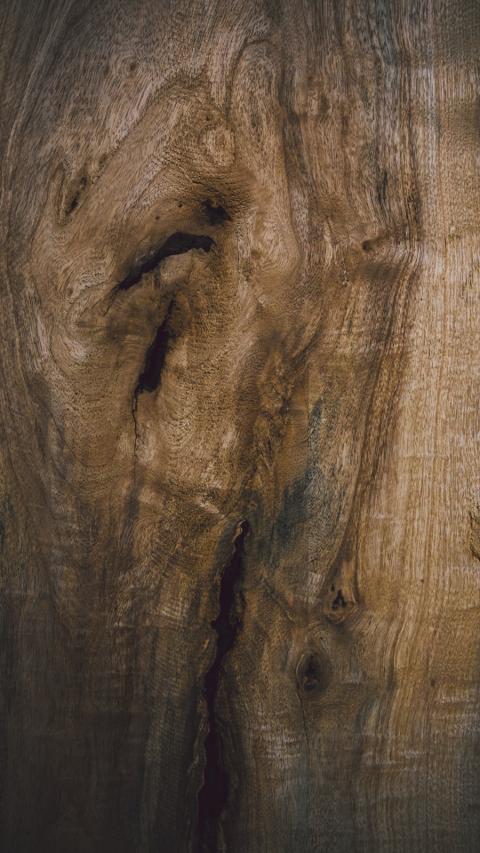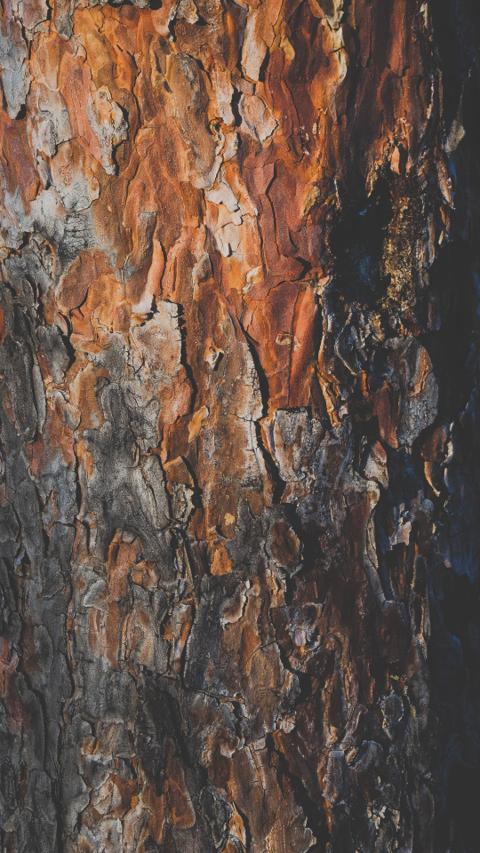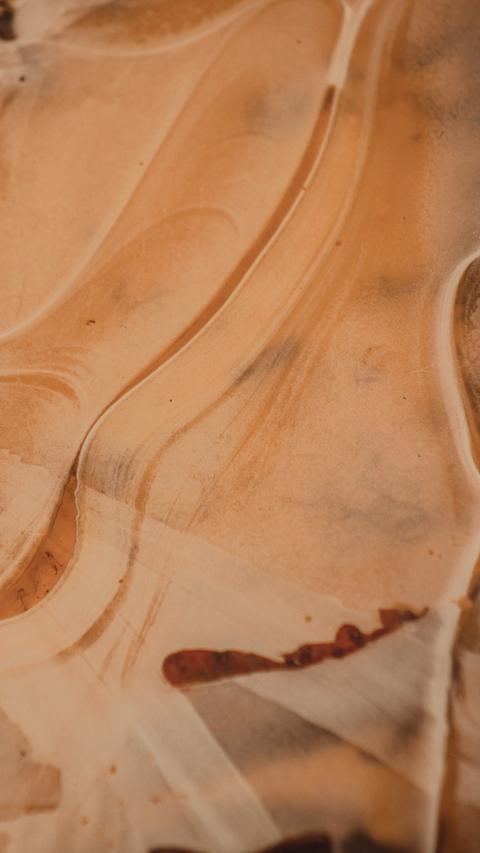Role of Reclaimed Wood in Sustainability
The wood industry faces significant environmental challenges, including deforestation, habitat destruction, and high carbon emissions from logging and processing. These issues contribute to climate change, the loss of biodiversity, and long-term ecological damage.
Reclaimed wood provides a sustainable solution by reducing the need for virgin timber, lowering waste, and decreasing the environmental impact of wood production. By giving old wood new life, reclaimed wood supports the circular economy by extending the material's lifecycle and minimizing its environmental footprint.

There are several natural ways to enhance the durability and extend the life of reclaimed wood without using chemicals. Options include treating the wood with natural oils such as linseed or tung oil, burnishing by rubbing the surface with abrasives, and traditional charring techniques like Yakisugi.
About Yakisugi
Yakisugi, also known as Shou Sugi Ban, is a traditional Japanese method of wood preservation. The technique involves charring the surface of wood to enhance its durability and resistance to weather, insects, and decay. The word "Yakisugi" literally means "burnt cedar" in Japanese.
Yakisugi isn’t just about good looks—it’s a win for the environment too! Here’s why:

Eco-Friendly Preservation
Instead of using harsh chemicals, Yakisugi relies on fire to protect the wood. That means fewer chemicals end up in the environment.

Durable and Long Lasting
Charring makes the wood super durable, so it doesn’t need to be replaced as often. That’s great for conserving natural resources.

Sustainable Practice
By extending the life of the wood, Yakisugi helps reduce waste and supports the circular economy, where materials are reused and recycled.